8- Civil Administration Building
The Civil Administration Building was integrated in 1927-1931. The Civil Administration Building (Palazzo del Governatorato) houses the administration of Vatican State.
9- Ethiophian Seminary
The Pontifical Ethiopian College (Ethiopian College-Seminary), the only school still within the premises of the Vatican City, is a seminar began to train young African males for the priesthood. It has actually finished a number of the African bishops and cardinals who are now in office.
10- Radio Station
Inside the Vatican Gardens, near the Palazzina Leo XIII where Vatican Radio has its technical control centre, 2 parabolic antennae were constructed for the transmission of radio programs through satellite and for telephone interactions. They cover the whole world and significantly minimize using logarithmic antennae and standard broadcasting system.
Website of Vatican Radio: http://en.radiovaticana.va/epg-web
11- Church of St. Stephen-St Stephen of the Abyssinians
St. Stephen of the Abyssinians is a Roman Catholic church situated in Vatican City. The church committed to Stephen the Protomartyr is the national church of Ethiopia. St Stephen of the Abyssinians is the oldest surviving church in the Vatican City.
12- Palace of Justice
13- Vatican Railroad Station
The Lateran Treaty, concluded in Rome on the 11th February, 1929, in between the Holy See and the Kingdom of Italy, defined in Art. 6 that Italy would attend to the building of a train station within the Vatican City and its connection to the rest of the Italian train network, with a junction in the area of the station of Rome St Peters (Roma – San Pietro). Deal with the Holy See train started in 1929, soon after signing of the Lateran Treaty which established the Vatican City State, and was finished in 1934.
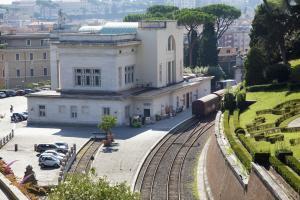
View of Vatican railroad station. There is the shortest national railway system in the world.
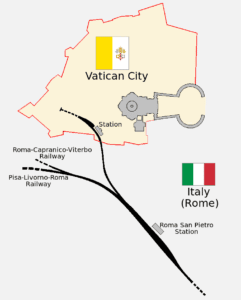
Vatican City Map – Vatican Railroad Station. Map Source: https://it.wikipedia.org/wiki/Stazione_di_Citt%C3%A0_del_Vaticano
The railway is primarily used for freight traffic. Pope John XXIII (1881-1963) travelled on the line on 4 October 1962, the very first pope to do so, and in current times its usage has actually been encouraged by Pope Francis.
Now, for the first time in its history, the railway has opened to travelers. Since September 2015, as part of an effort by Pope Francis, the train now links the Vatican’s traveler hotspots in Rome to the papal summer palace in Castel Gandolfo, next to the sea, and the swathes of gardens and farmland that surround it. The full-day ticket likewise consists of complimentary entry to the Vatican Museums and Gardens in Rome. So, on the day of the inaugural train journey, I showed up early at the entryway to the Vatican.
Tours with Vatican Railroad:
from €59.00 EUR
Duration: 11 Hours
Seller: Getyourguide
163 Reviews
14- St. Charle’s Palace
In the southern part of the Vatican City, the palace of Saint Charles, brought back by John Paul II. Now, this structure can conveniently accommodate all the cardinals throughout the conclave.
15- St Martha’s Palace
House of st Martha (Italian: Domus Sanctae Marthae) is a structure nearby to St. Peter’s Basilica in Vatican City. Finished in 1996, throughout the reign of Pope John Paul II, it is called after Saint Martha the congenial, who was a sibling to Saints Mary and Lazarus of Bethany. The structure operates as a visitor home for clergy having business with the Holy See, and as the hotel home of the members of the College of Cardinals when they are taking part in a Papal Conclave to choose a brand-new Pope.
Pope Francis has actually made it his house since his election in March 2013, decreasing to use the Papal houses in the Apostolic Palace.

House of st Martha inside Vatican, where lives pope Francis viewed from top of the dome of the basilica of St. Peter
16- Auidence Hall (Paul VI Audience Hall)
The Paul VI Audience Hall likewise called the Hall of the Pontifical Audiences is a structure in Rome called for Pope Paul VI with a seating capability of 6,300, created in enhanced concrete by the Italian designer Pier Luigi Nervi and finished in 1971.
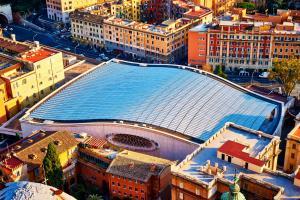
Pope Paul VI Audience Hall, viewed from the dome of St. Peter’s, showing the photovoltaic panel roof
17- Sacristy
In the left aisle, under the monolith of Pius 8, is the entryway to the sacristy. Is is a structure which was connected to the basilica under Pius 8 who commissioned Carlo Marchionni to construct it in 1776. On the right o the entryway, is a list o the popes buried in St. Peter’s and a statue of St. Andrew in polychrome marble, and after that a gallery, embellished with columns of the rarest marbles and bronze busts of Benedict 8 and Paul 4 by Agostine Penna. The primary Sacristy, which is octagonal, is embellished with 8 columns from Hadrian’s Villa in Tivoli.
to Read More click next.

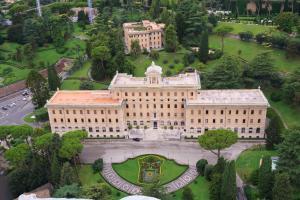
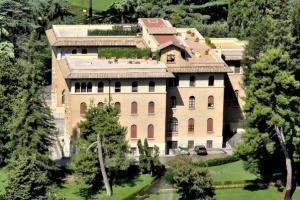

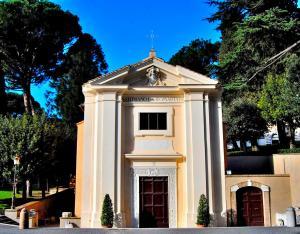



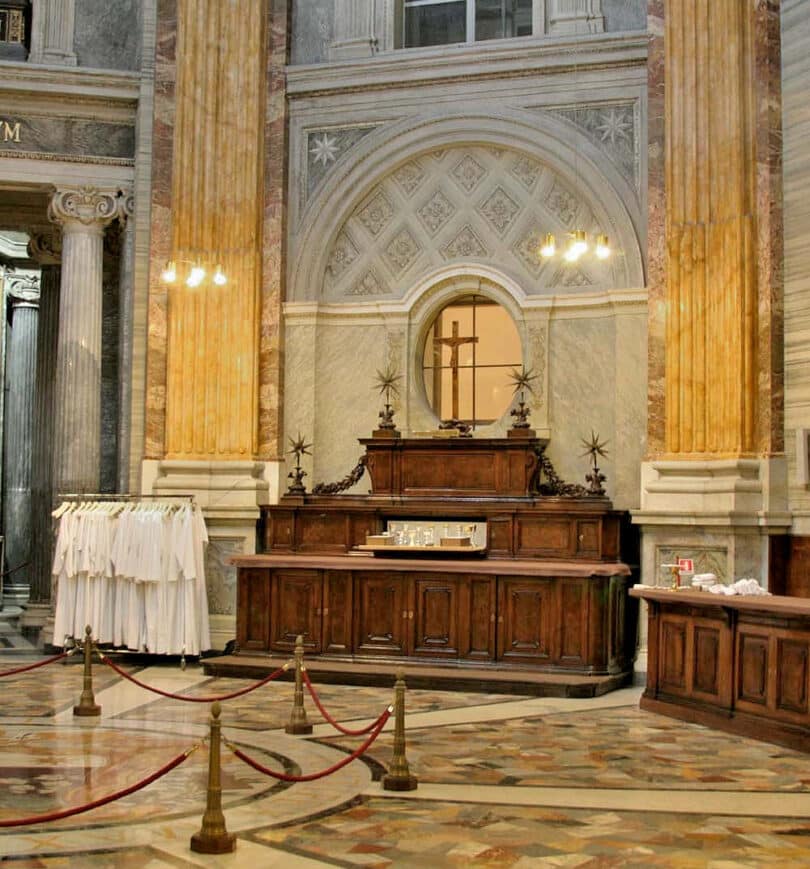
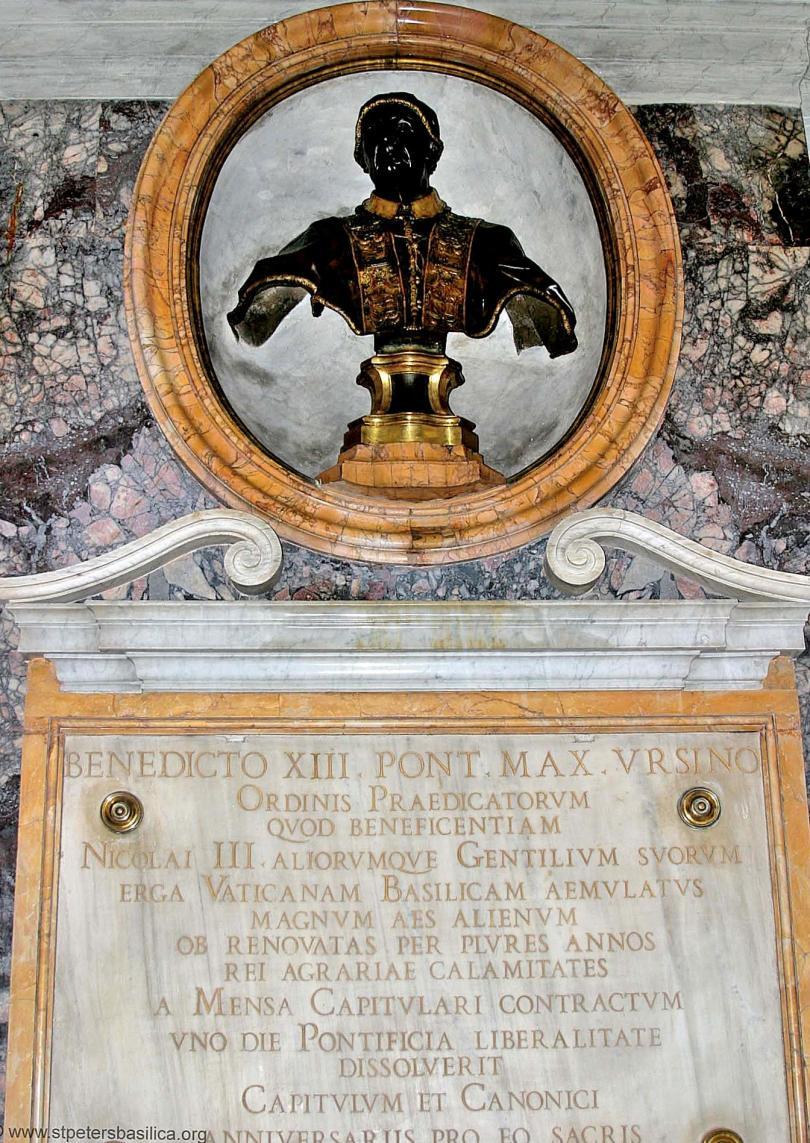
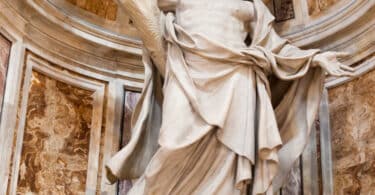
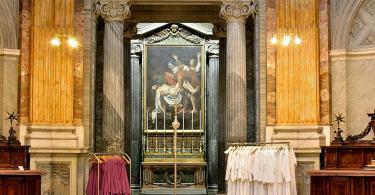
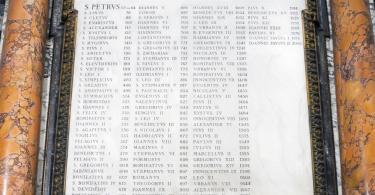

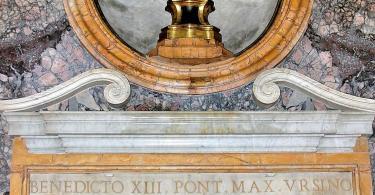
Leave a Comment